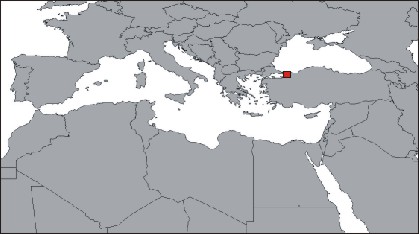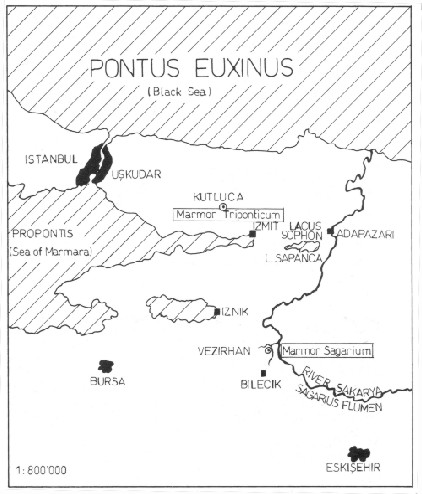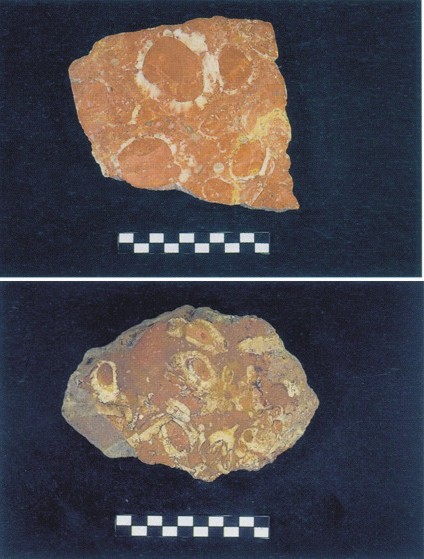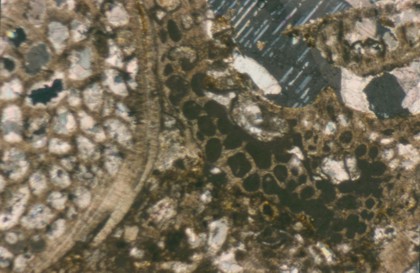|
|
|
|
Location map
|
|
|
|
|
Detailed map showing the location of Marmor Sagarium and of Marmor Triponticum
|
|
|
Macroscopic aspect of Marmor Triponticum. Top: sample of the occhio di pavone rosso from a marble workshop of Gebze. Below: sample of the occhio di pavone pavonazzo taken from the quarry
|
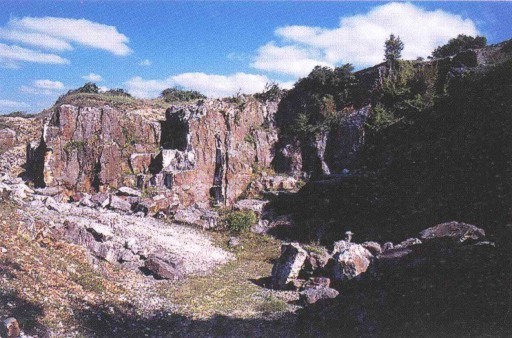
|
View of the great quarry of the beige variety of “occhio di pavone” near Kutluca
|
|
|
Photomicrograph of a thin section of the pavonazzo variety showing a section of rudist (left) in a matrix containing pellets. N+, 17X
|
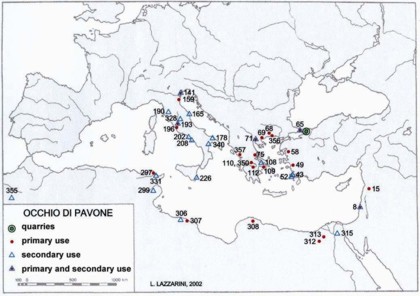 |
Map of distribution of Marmor Tripontium artifacts, each number corresponds to an ancient locality (for ref. see the relevant paper by L. LAZZARINI in forthcoming ASMOSIA VII proceedings)
|
